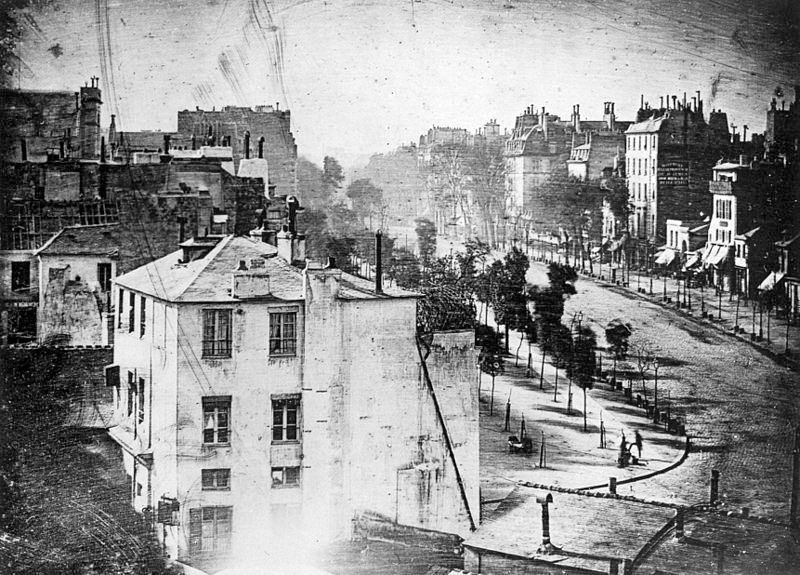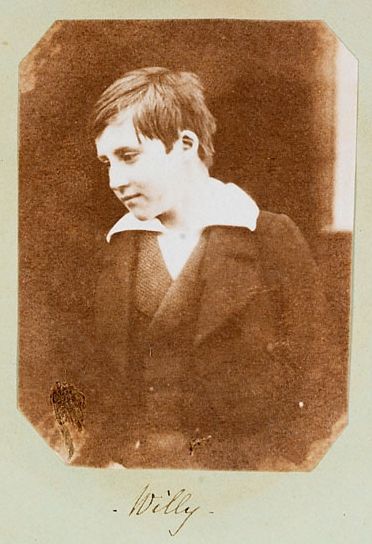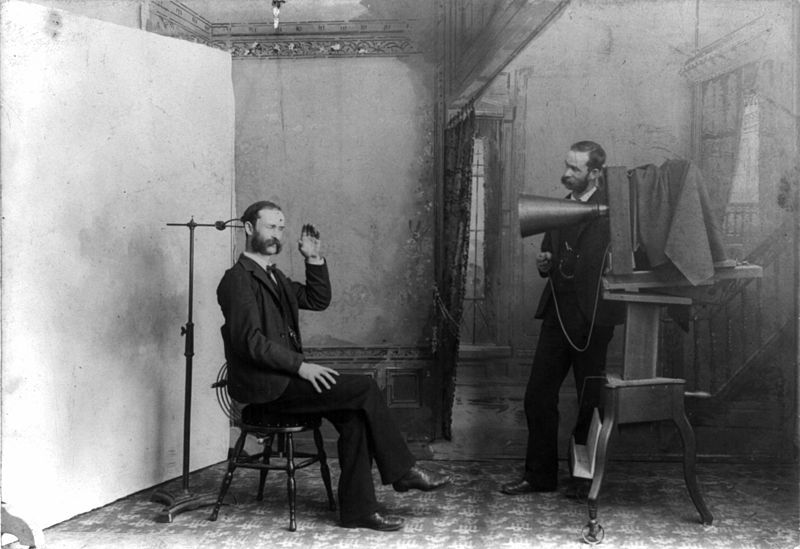
從物理到電機工程再轉到資訊傳播,最後落腳在社會學。衣櫃拿來當書櫃擺的人。我常在媒介生態學、行為經濟學、社會學、心理學、哲學游移;期盼有天無產階級可以推倒資本主義的高牆的兼職家教。
📝📝Rebel of Reality Ep. 1|Capturing reality between light and shadow
The word "photography" is derived from the Greek roots φωτός ( phōtós ) and φῶς ( phōs ) which together mean " drawing with light ". The first shot in the history of photography was the French artist and inventor Joseph Nicéphore Niépce in 1826 (or 1827) who "exposed" (there was no concept of photography at the time) in Burgundy, France, to make the world's first shot. A video " View from the window at Le Gras "

At the time, Niépce was using " heliography " and was an early source of the term photography. Capturing images with this method requires a natural bitumen known as "Judean pitch" (dating back to ancient Egypt); pitch is used to coat glass or metal, and areas exposed to light harden without being exposed to light. The irradiated areas remain soft and easy to clean, then rinse the soft areas on the tin plate with lavender oil to image. The only disadvantage of solar etching is that it takes a long exposure to get a clear image. Take "Landscape from the Window" as an example, which takes up to eight hours of exposure. Louis Dagurre, who was studying photography with Niépce at the time, improved the solar etching method. Dagurre used chemicals as the material for the development process; the polished silver plate was soaked in an iodine solution, and the mercury was heated at 75 ° C to vaporize it so that the The daguerreotype is developed and finally fixed by rinsing with a salt-containing solvent (concentrated brine in the early days, and sodium thiosulfate, which is more efficient in the later period).
Since the surface of the image is soft and easily peeled off by air oxidation, in order to protect the image and prevent fingerprints, the image is generally stored in a glass bezel. Dagurre's method greatly shortens the exposure time of solar etching, requiring only a few seconds to minutes of exposure to obtain images. The exposure time of the first image " View of the Boulevard du Temple " obtained by Dagurre's improved method is about 4-5 minutes.

Dagurre named this method the Daguerre method, and the daguerreotype also officially announced the advent of photography, which opened the "Silver Salt Age" of photography. Until around 1860, daguerreotype photography can almost be said to have held up a very important milestone in the history of photography, and even the French government took the initiative to purchase this photography method and tried to promote it internationally; Copy its image", the fixed image and its carrier, the daguerreotype, is the only image in the world.
Interestingly, even though daguerreotypes shorten the exposure time, it still takes 30 seconds or more to expose the image, so none of the daguerreotype portraits can see the smile on the subject's face , which can be divided into the following two possibilities. Portrait photography or portrait photography was still a very new concept at the time. As McLuhan said: "We often think about new media in terms of how old media work." The portraits that appeared before photography were all recorded using paintings. , and the time required to draw a portrait was much longer than that of photography at the time. Therefore, the portraits that appeared in the era of painting were all unsmiling and serious, not only to create the prestige of the portrait, but also to maintain the facial expression for a long time; so when photography first entered the society, people still Portrait photography is viewed with the attitude of portrait painting.

Furthermore, it is very unnatural to maintain a smiling face for nearly 30 seconds, so everyone's seemingly unsmiling appearance is actually for the needs of photography. Sometimes, in order to prevent the subject's head from moving around and resulting in blurred images, a bracket is installed behind the subject to fix the head, and the head is kept as still as possible until the exposure is completed. This makes the image in the process of photography clearer. In fact, the first smiling photo in history appeared in " Willy smiling " by British female photographer Mary Dillwyn in 1858. Photography had improved by that time, and exposure times were again reduced to seconds; however, most clients still chose not to smile when photographed. It was not until about 1900 that people gradually accepted that they could smile while taking pictures, and the smiles in the images gradually increased. Regarding the smiles in the images, an image in the early 20th century " Eating Rice, China " broke the rules of this image.

At that time, Berthold Laufer, a German sinologist and anthropologist, was conducting field investigations in China, interacting with local people and recording what he saw and heard, and this image was brought back after his expedition to China. The Chinese man in the photo happily looks at the camera and eats, and is known as "the happiest man in the history of photography" in many photographic works. This seemingly abrupt happy man stands out in a period of still "not very happy" images; however, the technique of photography originated in Europe (France) and did not spread to East Asia until the early 20th century.
Therefore, the East Asian people at that time did not know the unspoken rule that they should not smile when taking pictures. On the contrary, photography was just a very novel and special technology for them. At the time, Berthold Laufer was collecting " the range of human emotions ." For an anthropologist, setting aside past prejudices, constraints, and rules was the attitude they held when conducting fieldwork. Perhaps, a Chinese who had never seen a camera and did not understand the rules of video, an anthropologist who was willing to throw away his past knowledge and just happened to be conducting a survey in China, the encounter between the two created the happiest picture at that time. image.

Like my work?
Don't forget to support or like, so I know you are with me..
Comment…